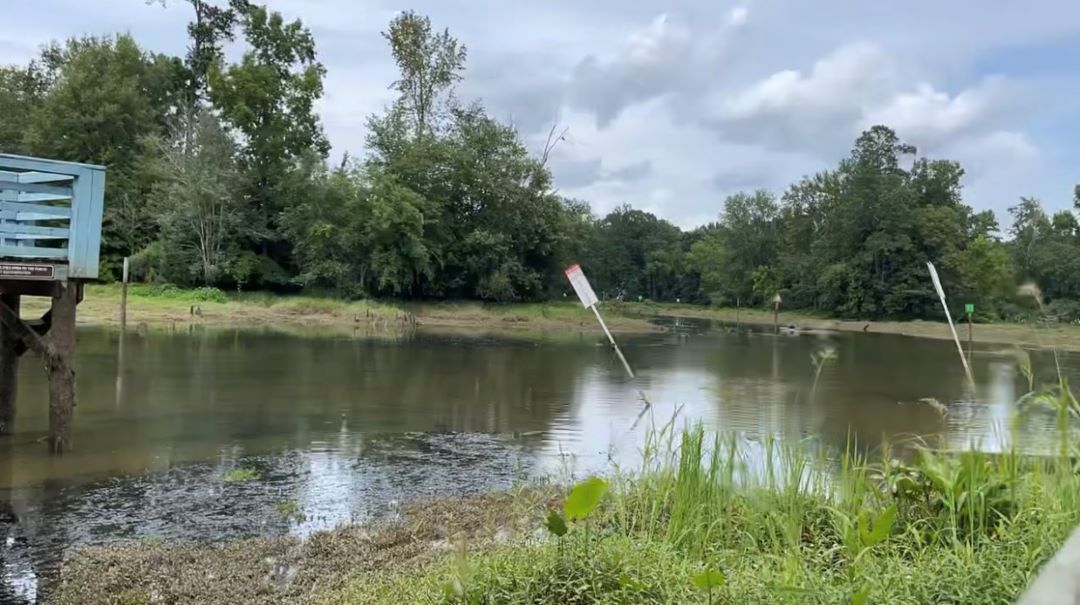After reporting in its swim guide about high levels of E. coli at the Betty’s Branch Boat Ramp at Euchee Creek, officials with the Savannah Riverkeeper are hoping for different results July 21.
“The results at this point from last week aren’t valid this many days out,” wrote Tonya Bonitatibus, executive director of Savannah Riverkeeper, in an email July 19.
MORE: Another Virus Surging in CSRA
The Savannah Riverkeeper tests the water weekly for its swim guide and has found high levels of the bacteria for two consecutive weeks. The most recent test results are from July 14. They showed 866 MPN per milliliter for E. coli bacteria; twice as high as the result from July 7, which was at 378. Both results show such high concentrations that they do not meet Georgia EPD standards for recreation.
Andy Colbert, owner of Outdoor Augusta Riverside, would like potential visitors to the tributary to understand that the low water levels during testing as well as the location as possible factors in how the testing results read.
“That water comes from the Savannah River,” said Colbert. “Above the Savannah River is Clarks Hill Lake, and that’s where the Thurmond power dam is.”
[adrotate banner=”19″]
The J. Strom Thurmond Dam lets out water regularly in order to generate power. While the schedule of these water releases change from day to day, it usually goes on for several hours. Generation is scheduled from 11 a.m. to 8 p.m. Tuesday.
“What happens is our area of the river gets higher, fills up with little creeks, by a solid four to eight feet,” said Colbert. “When they do the testing, the water’s extremely low. Because the area rises and falls throughout the day, you’re not getting accurate testing results when you’re testing it at its lowest point.”
Colbert also notes that increased rain over the past several days contributes to more runoff from animal wastes, which would in turn contribute to higher E. coli levels.
MORE: Protecting South Carolina’s Underwater History
“I just want people to know when you’re down there at Betty’s Branch and you look out at muddy water, you’re never thinking about swimming in that particular area,” he said. “But if you put your kayak in the water, or your boat in the water to get out to the Savannah River, you’re in a whole different context of the river. It’s not like looking at, say, a pond, where E. coli levels need to be corrected by dredging it out or adding something to the water. It’s going to change continuously.”
Skyler Q. Andrews is a staff reporter with The Augusta Press. Reach him at skyler@theaugustapress.com.
[adrotate banner=”43″]










